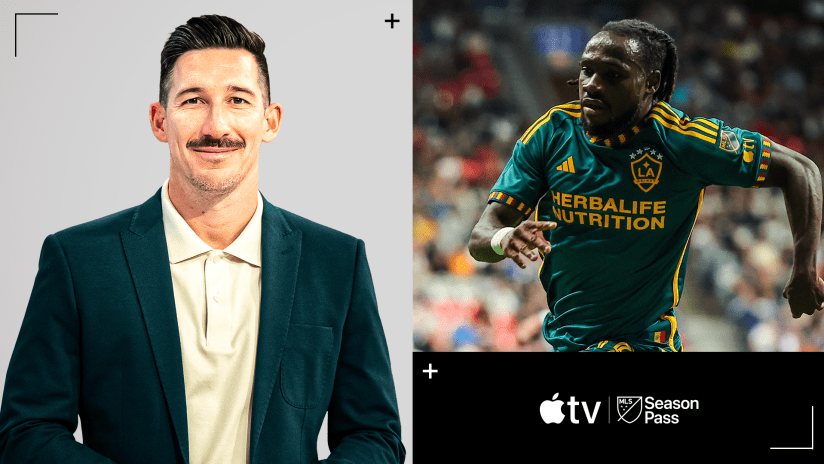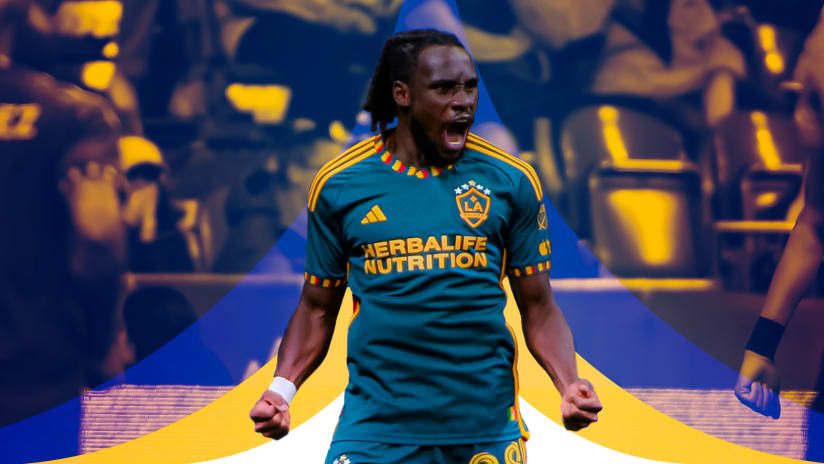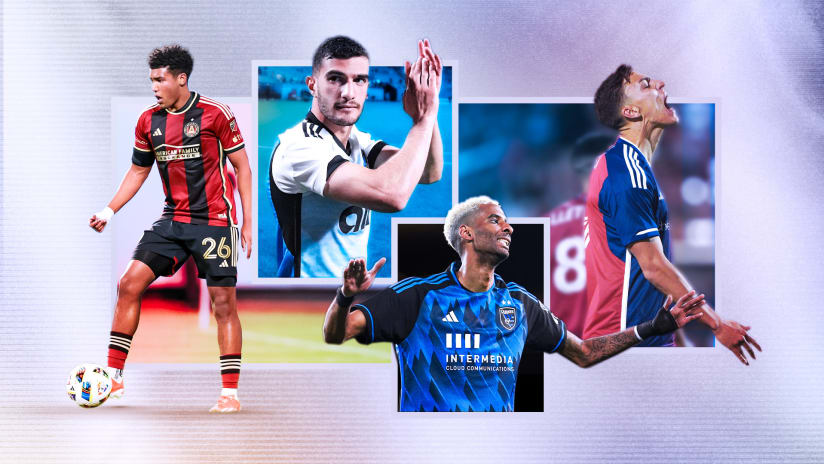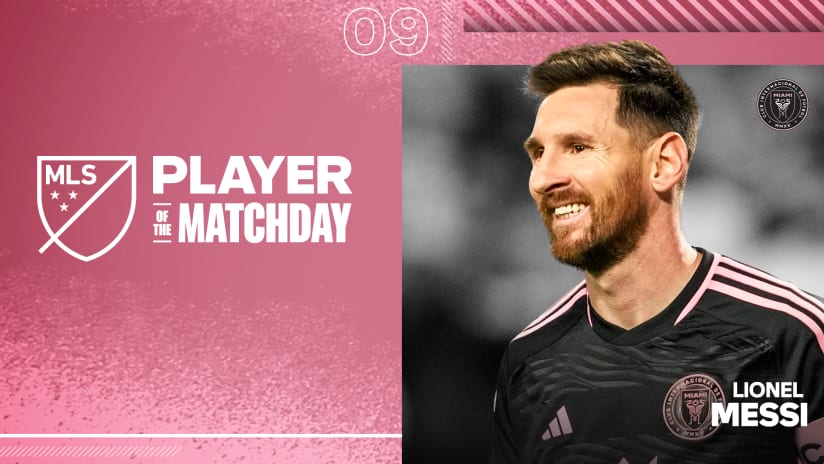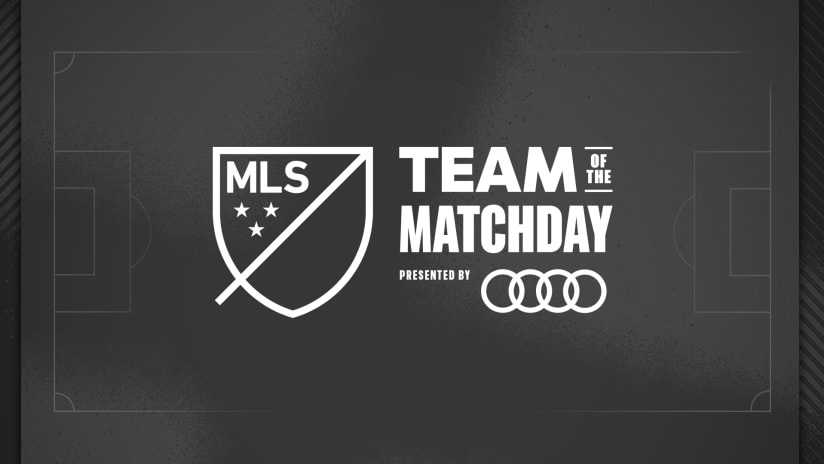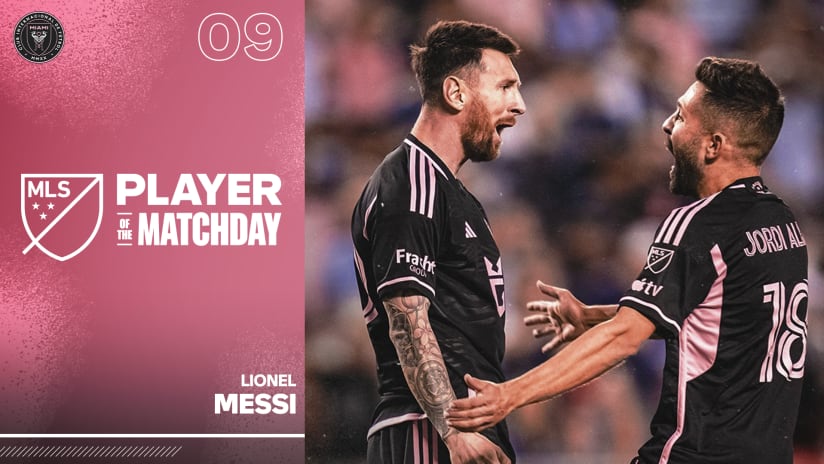Giovani dos Santos and Robbie Keane are two of the best attacking players in MLS.
Dos Santos had 26 combined goals and assists during the regular season (14 g, 12 a), which was tied for the fourth most in MLS this season. Keane is the 2014 Landon Donovan MLS MVP and his 81 goals since the start of the 2012 season is the most in MLS.
This season has been a bit of a struggle for the Irishman, as he played in just 17 games because of injuries and international duty. He did still produce at his usual rate with 10 goals, good for second on the Galaxy.
When the two have been on the field together, the Galaxy have performed. In the 13 games the two started together, LA averaged 1.7 points per game and won 46.2 percent of their games. In the 22 games one of them was out, they have averaged 1.6 points per game and won 36.4 percent of their games including their two Audi 2016 MLS Cup Playoff wins against Real Salt Lake and the Colorado Rapids.
LA Galaxy associate head coach Dave Sarachan was not surprised by these numbers.
“When you find guys like Robbie or Gio on the ball, good things should happen, given their quality, their experience and their cleverness,” Sarachan told MLSsoccer.com on October 11.
But if you dig a little deeper there are a couple issues to this star partnership. Take a look at the per-90-minute numbers when the two are on the field together and when they are not.
With dos Santos and Keane on field |
Stat |
With one or both off field |
|---|---|---|
1.4 |
Goals per 90 minutes |
1.5 |
1.2 |
Goals conceded per 90 minutes |
1.0 |
There is a bit of a drop-off in goals scored per 90 minutes and a very slight uptick in goals conceded per 90. This is no surprise when looking at dos Santos’ individual numbers.
In the 13 games dos Santos has started with Keane, he has scored just one goal. In the 16 games he has played without Keane, the Mexican national team forward has scored 14 goals.
Sarachan said because of their similar skill sets, it is not always a perfect partnership.
“Each share similar qualities in terms of their technical skill, their experience, and their movement, and there are times where I think their wires can get crossed, where both come too far from goal or they’re both caught on the same line.”
So what’s behind this massive difference in production for the Galaxy’s No. 10? Some of it can be contributed to the fact that dos Santos has to change his game with Keane around.
When looking at all some of dos Santos’ stats, it’s tough to see why his production drops so much when he starts with Keane. His shots and chances created see a slight uptick without Keane in the lineup but his touches and touches in the opponent's box per 90 minutes see a slight drop-off.
With/Without Keane |
Touches per 90 |
Touches in Opp Box per 90 |
Chances Created per 90 |
Shots per 90 |
|---|---|---|---|---|
With Keane |
45.04 |
3.01 |
1.55 |
2.20 |
Without Keane |
40.23 |
2.92 |
1.88 |
2.40 |
The difference is where dos Santos’ touches are on the field. Look at where dos Santos was setting up on October 1 against FC Dallas. The heat map represents all of his touches, more green means more touches.
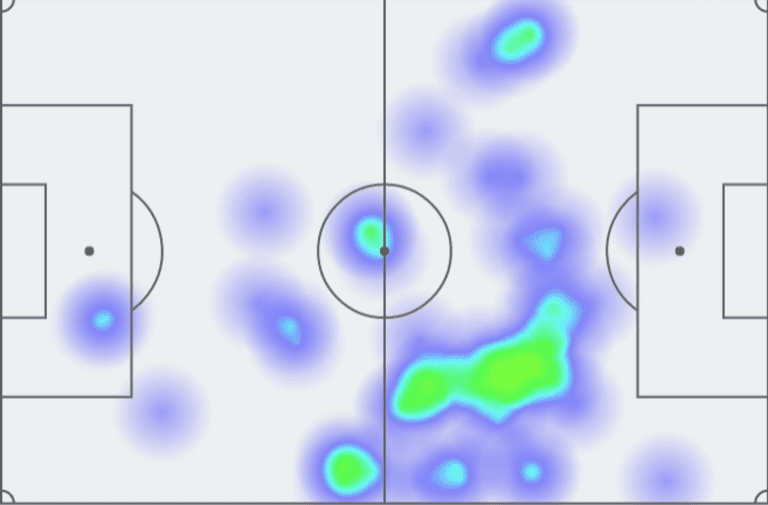
That is in stark contrast to his heat map against the Colorado Rapids on August 13, when Keane was out of the lineup.
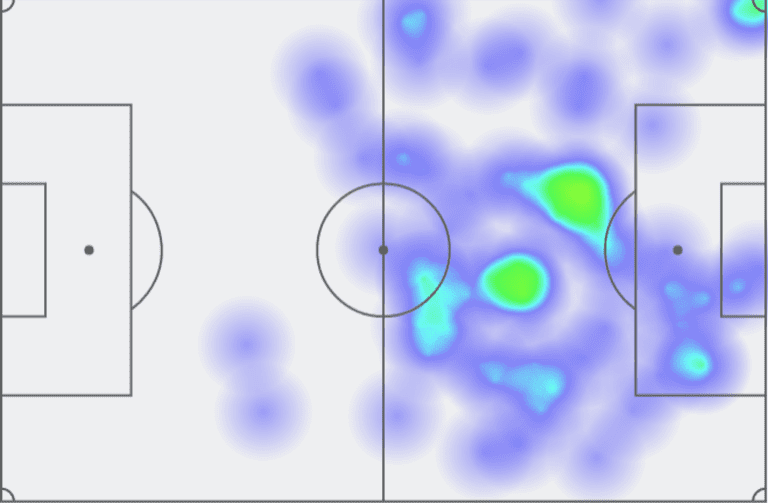
Of course these are just two games, but when looking at dos Santos’ heat maps all season long, there is a clear pattern that aligns with these. This is true wherever he has lined up in the formation, whether it be at right wing, left wing or as a center attacking midfielder.
This is something that Sarachan acknowledges is an issue that the two deal with.
“It’s a little more of [dos Santos trying to find space]. Robbie has shown that he more often times than not plays higher and in a central role. When he does come underneath, it’s usually not on angles far left or right. He mostly stays in a corridor centrally… it does force Gio a little bit away from goal and a little bit in wider positions.”
The issue lies with Keane trying to come underneath the backline to pick up the ball, which forces dos Santos to go out wide to receive the ball.
“When we do possess and balls end up wider for service, it’s a little harder for Gio to be in good supporting positions either next to or underneath Robbie,” Sarachan said. “It may not be ideal in that respect for either player because when they are both central, I still think good things can come. But more often than not, it does force Gio a little bit out of that position.”



